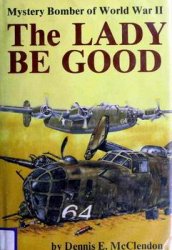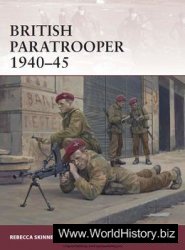One of a number of agencies created by the federal government to mobilize the nation and its economy during World War II, the National War Labor Board (NWLB) was established by President Franklin D. Roosevelt in January 1942. Replacing the ineffective and shortlived National Defense Mediation Board, the 12-member board was composed equally of representatives from business, labor, and the public and was directed to settle labor disputes in order to prevent disruption of the war effort. Other agencies with responsibility for labor included the War Manpower Commission, created in April 1942 to ensure the efficient allocation of workers to necessary jobs, and the National Labor Relations Board, which had been established in 1935 to protect workers’ rights to organize and bargain collectively.
In 1941, as mobilization brought increased industrial production, demands by workers for higher pay led to a wave of strikes around the nation. Soon after American entry into the war, in recognition of the need to curtail such disruptions of the war effort, Roosevelt helped negotiate a no-strike, no-lockout agreement between management and the two largest labor organizations, the American Federation of Labor (AFL) and the Congress of Industrial Organizations (CIO). This pledge deprived the labor movement of its most powerful weapon, the strike, and placed workers’ gains in the hands of the NWLB, which was empowered to impose binding agreements between labor and management. The NWLB was also given authority to recommend the government takeover of plants involved in work stoppages due to strikes or lockouts.
In an effort to slow inflation in 1942, the Roosevelt administration began to implement wage AND price
CONTROLS through caps on price increases by the Office OF Price Administration. In a companion measure to keep wages from rising too quickly, and also in an attempt to resolve conflicts over pay, the NWLB established in July what became known as the “Little Steel” formula. Worked out to settle disputes in smaller steel companies but then applied broadly, the formula allowed for wage increases in accord with the rise in the cost of living between January 1941 and May 1942. This Little Steel formula was used to resolve pay disputes for the duration of the war and was a key part of the effort to combat inflation. Although workers’ wages consistently rose less than farm income and corporate profits, the cap did not apply to overtime and incentive pay, job upgrades, and benefits, and workers’ compensation and spending power did rise significantly during the war. And despite inevitable inequities and inefficiencies, the policy was generally successful.
Even as the no-strike pledge and wage controls placed a double burden on the labor movement’s power, unions received what most considered an enormous bounty in June 1942 when the NWLB instituted the “maintenance of membership” rule. The maintenance of membership policy stipulated that every new worker hired into a place of employment with a union contract would automatically become a member of the union unless making a specific request to the contrary within 15 days of being hired. Additionally, the employer was required to collect union dues and to dismiss any employee who did not pay his or her dues and maintain good standing in the union. The rule kept nonunion workers from flooding war plants and reversing the gains of the strong union movement of the 1930s and contributed to a nearly 50 percent growth in union membership during the war.
Although most labor leaders were anxious to maintain a good relationship with the government and a positive image in the public eye in order to keep the gains they had won, including the maintenance of membership rule, not all leaders or workers were content to give up their bargaining power, and they continued to use strikes as a weapon. And some criticized the maintenance of membership rule as part of a general decline of the labor movement’s independence. At the same time, many workers had real grievances that remained unresolved by the NWLB. The year 1943 saw a large increase over 1942 in the number of work stoppages, including strikes by miners led by United Mine Workers of America head John L. Lewis. These labor disturbances in the midst of the war were perceived as unpatriotic by many and helped lead to public support for an anti-union backlash, including the antilabor Smith-Connally Act passed by Congress in 1943.
During its tenure the National War Labor Board was an important force in labor relations, and was an example of the extended power of the executive branch in the nation’s economy. It imposed some 20,000 wage-dispute settlements affecting 20 million workers and approved more than 4,000 wage agreements. The government took over several dozen plants shut down by labor disputes. Additionally, the NWLB had a policy mandating that women and minority workers receive equal pay for equal work. Although this was only rarely enforced, the idea continued in other government agencies and government guidelines. The NWLB was dissolved at the end of the war.
Further reading: James A. Gross, The Reshaping of the National Labor Relations Board: National Labor Policy in Transition, 1937-1947 (Albany: State University of New York Press, 1981); Howell John Harris, The Right to Manage: Industrial Relations Policies of American Business in the 1940s (Madison: University of Wisconsin Press, 1982); Nelson Lichtenstein, Labor’s War at Home: The CIO in World War II (New York: Cambridge University Press, 1982).
—Aimee Alice Pohl




 World History
World History









